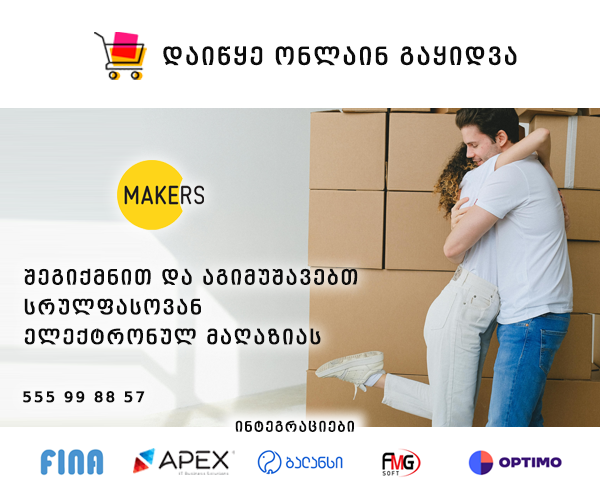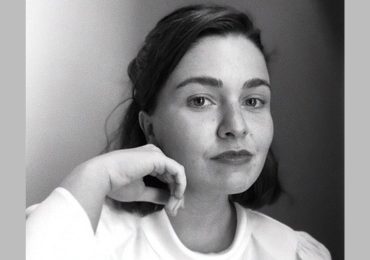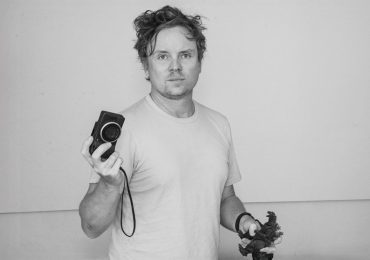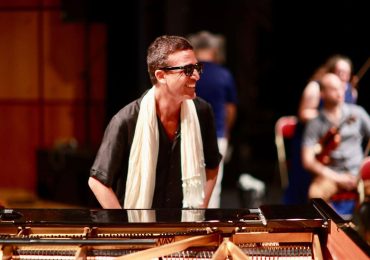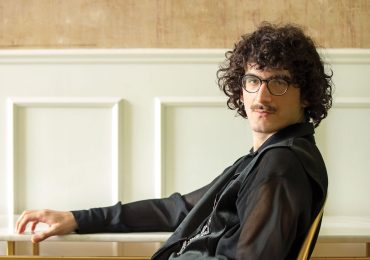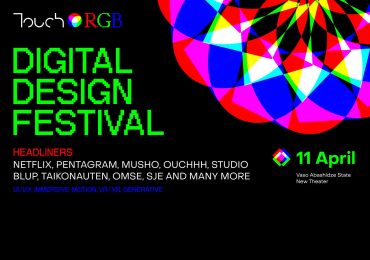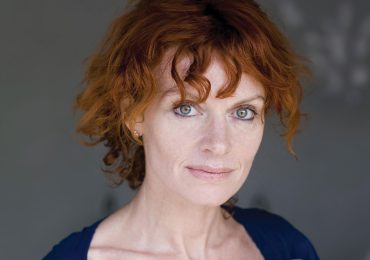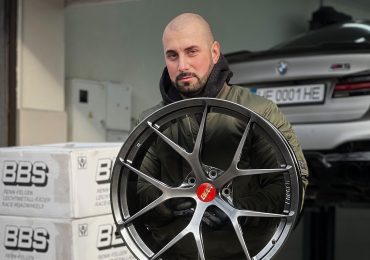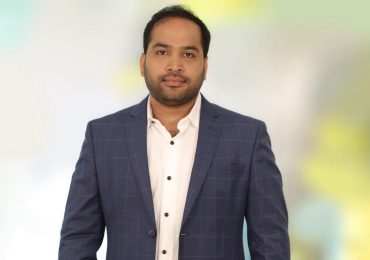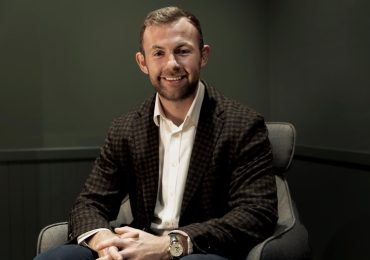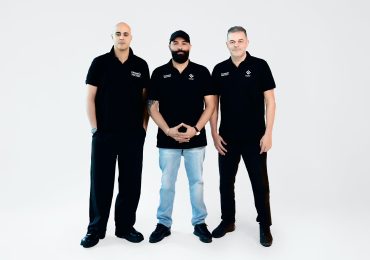Photo Courtesy Gina Kim
Gina Kim’s fingers dance between pixels and paint, combining centuries-old artistic traditions with futuristic algorithms. As both a designer for a United Nations initiative promoting sustainability in business and a well-established modern artist, Kim inhabits that razor-thin edge where human creativity meets machine intelligence—her recent success proving the boundary between them grows blurrier by the day.
From Algorithm to Accolade
Kim’s debut AI-generated short film “Return to Emerald City” has catapulted her into the global spotlight, securing finalist status at the AI Film Awards World – Paris Edition in March 2025. The film simultaneously garnered quarter-finalist recognition at New York’s prestigious Oniros Film Awards and an Honorable Mention at the Seoul International AI Film Festival scheduled for April 2025.
These accolades place Kim within a growing movement of artists exploring AI’s cinematic potential. The Seoul International AI Film Festival, which will showcase mind-bending works on April 6-7 at enTravel Cultural Complex, represents the expanding platform for artists wielding both traditional filmmaking and algorithmic creativity. Like other honored works at AI festivals, Kim’s film explores the technology’s societal implications while demonstrating how AI tools transform the filmmaking process itself.
“AI will never replace the human artist. Instead, it amplifies our ability to translate emotion into visual language,” Kim noted during her recent Tokyo exhibition, where visitors witnessed the growth from her traditional illustrations to AI-augmented digital experiences.
A Digital Renaissance at the Global Level
The United Arab Emirates has tapped Kim’s unique visual vocabulary for its future-focused initiatives. As Special Creative Director for a major off-plan project backed by a government-supported initiative in Dubai focused on future technology, she’s crafting AI-powered visual narratives that align with Dubai’s vision of technological transformation.
This appointment establishes Kim alongside global innovators featured in the region’s forward-thinking initiatives. The UAE-backed innovation project’s report emphasizes the need for “creative and novel solutions” that lie at “the core of prosperity, well-being and growth”—a philosophy that is plainly visible throughout Kim’s AI work.
Simultaneously, her expertise in blending traditional art with cutting-edge technology has garnered attention beyond the Middle East—this April, she will lead a special lecture series on artificial intelligence for graduate students at New York’s prestigious Pratt Institute, her alma mater.
The MFA and MA students will explore generative AI in visual storytelling and examine ethical questions surrounding human-AI collaboration, reinforcing Kim’s position as a thought leader bridging commercial innovation with academic discourse.
Healing Through Storytelling
Kim’s illustrative capabilities can even be found beyond galleries, finding itself within the medical setting. WIth her hand-drawn book entitled “Story of Searching”, the artist engaged in therapeutic art sessions for pediatric cancer patients at Seoul National University Hospital, where specialists in Child Psychiatry and Pediatric Oncology have embraced creative expression as a healing tool.
The session reimagines traditional art therapy through a lecture hosted by Kim herself, allowing young patients to better express their emotions through more artistic avenues. This builds upon established therapeutic approaches documented by organizations like the American Childhood Cancer Organization, which notes how creative expression helps children regain a sense of control during treatment.
“When traditional art is used therapeutically in these sessions, we’re giving children the tools they need to express—but also new languages for emotions that have no words,” Kim explained during her preparation for the session.
With film festivals, government initiatives, and medical institutions embracing Kim’s vision, she continues expanding the boundaries between human creativity and artistic potential—proving that the future of art exists in profound conversation between heart and machine.

